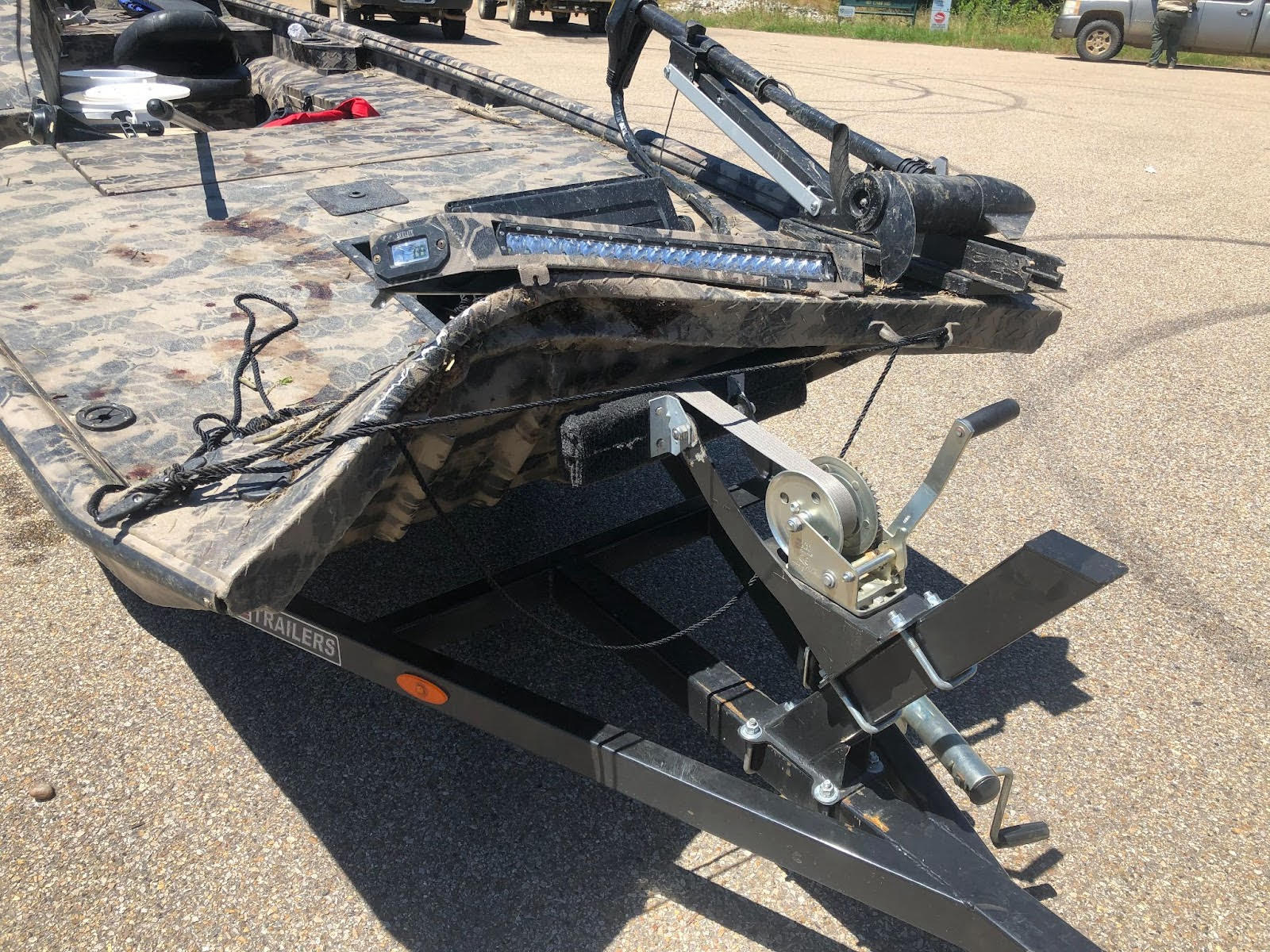|
Grant notes that children 12 and younger must wear a properly fitting life jacket the entire time they are on the water. The only exception to this is on houseboats and pontoon boats with adequate handrails that are not underway.
“Even those vessels require life jacket use by younger boaters when it is underway,” Grant said.
Grant says many boaters use the excuse that they know how to swim to avoid wearing a life jacket, but that reply rarely holds water.
“Swimming in a pool is much different than falling unprepared into the water fully clothed,” Grant said. “And many boating accidents result in injuries, which can compound any problems with swimming. Even climbing back on board a boat can be challenging for many people without help or a ladder attached to the gunwale. That life jacket gives you the help you need to stay afloat until help arrives after an accident.”
What caused the accidents in the first place?
“Operator inattention was the number one primary contributor to most of our boating accidents in 2024,” Grant said.
According to Grant, cell phone use on the water has increased, and it has been the cause in a rising number of accidents.
“It’s illegal to text and drive a car, but a lot of people don’t understand that it’s extremely dangerous on a boat, too,” Grant said. “It only takes a second for things to go wrong, and, unlike cars, boats don’t have brakes, so they take more room to stop or turn if you get in trouble.”
Other factors, such as operator inexperience, unseen water hazards and alcohol or drug use also played a role in many accidents, but inattention was by far the biggest primary cause of boating accidents last year.
|
